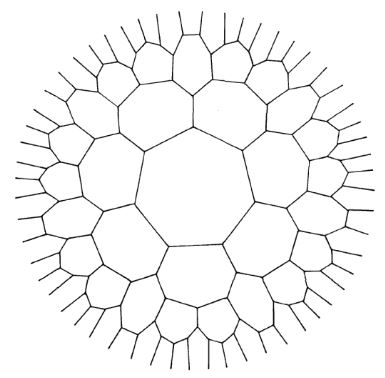I would like you to expose and explain briefly some examples of theorems having some hypothesis that are (as far as we know) actually necessary in their proofs but whose uses in the arguments are extremely subtle and difficult to note at a first sight. I am looking for hypothesis or conditions that appear to be almost absent from the proof but which are actually hidden behind some really abstract or technical argument. It would be even more interesting if this unnoticed hypothesis was not noted at first but later it had to be added in another paper or publication not because the proof of the theorem were wrong but because the author did not notice that this or that condition was actually playing a role behind the scene and needed to be added. And, finally, an extra point if this hidden hypothesis led to some important development or advance in the area around the theorem in the sense that it opened new questions or new paths of research. This question might be related with this other but notice that it is not the same as I am speaking about subtleties in proof that were not exactly incorrect but incomplete in the sense of not mentioning that some object or result had to be use maybe in a highly tangential way.
In order to put some order in the possible answers and make this post useful for other people I would like you to give references and to at least explain the subtleties that helps the hypothesis to hide at a first sight, expose how they relate with the actual proof or method of proving, and tell the main steps that were made by the community until this hidden condition was found, i.e., you can write in fact a short history about the evolution of our understanding of the subtleties and nuances surrounding the result you want to mention.
A very well known and classic example of this phenomenon is the full theory of classical greek geometry that although correctly developed in the famous work of Euclides was later found to be incompletely axiomatized as there were some axioms that Euclides uses but he did not mention as such mainly because these manipulations are so highly intuitive that were not easy to recognize that they were being used in an argument. Happily, a better understanding of these axioms and their internal respective logical relations through a period of long study and research lasting for millennia led to the realization that these axioms were not explicitly mention but necessary and to the development of new kinds of geometry and different geometrical worlds.
Maybe this one is (because of being the most classic and expanded through so many centuries and pages of research) the most known, important and famous example of the phenomena I am looking for. However, I am also interested in other small and more humble examples of this phenomena appearing and happening in some more recent papers, theorems, lemmas and results in general.
Note: I vote for doing this community wiki as it seems that this is the best way of dealing with this kind of questions.

